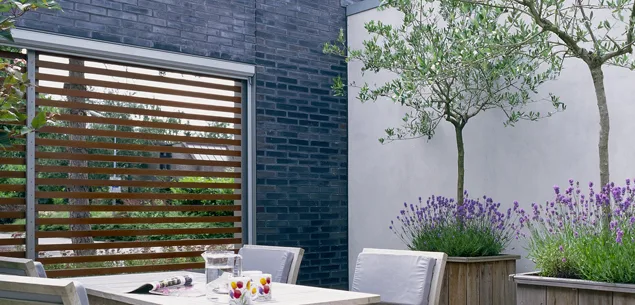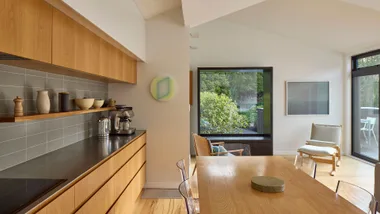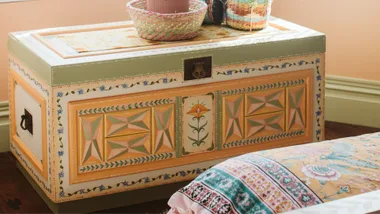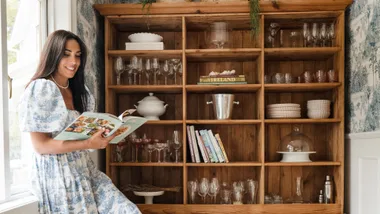One of life’s great mysteries, up there with why you see so many shoes on the road, is how anyone ever decided to process olives.
It seems obvious to me that if you pick a small, hard, green berry off a tree, chew on it and find it completely unpalatable, you might then draw the conclusion that it wasn’t designed for eating.
But someone in centuries past picked an olive, bit into it and said, well, that’s actually horrible but with a fair amount of washing, soaking, curing, fermenting and packing in brine, it will be fabulous.
If something of an acquired taste. And all of that before you even think about how to get the stone out. It will come as no surprise then that I don’t grow olive trees for the olives, or the oil. Many do and, luckily for me, neighbours with a very small grove make delicious olive oil for fun and hand it out to their inner circle of friends every year.
It’s so nice you can just about drink it. There are six olive trees in our garden. They were badly neglected specimens given to us by a friend, so we reluctantly re-homed them at the far end of our orchard and ignored them.
Olives aren’t supposed to like good soil and lots of water, but these ones (don’t ask me what variety they are) are planted in deep volcanic soil on a river bank and have doubled in height and breadth in less than a year. And I’m loving them.
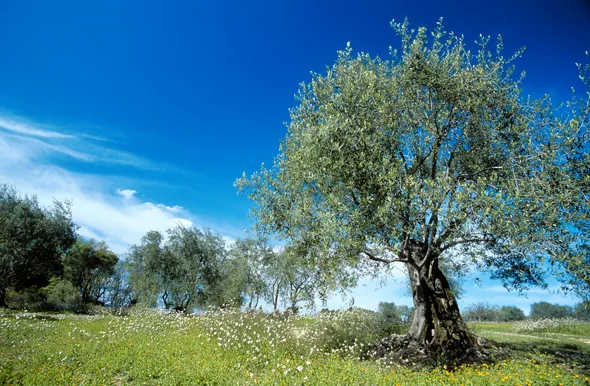
I’ve been whacking the tops off for the past three months and they’ve developed a very appealing pyramid shape, the silvery foliage is very lush, and they’re proving their worth as a good-looking landscape tree.
Furthermore, these chaps are easy to care for and as tough as old boots. So if you don’t want to eat the olives or drink the oil, but you’d like a lovely tree, you’re in luck. Olives are very hardy, fast-growing and adaptable, and they’re said to last around 1000 years.
It’s worthwhile selecting the right variety for your climate and there’s endless information about this on the internet, posted from when olive groves became New Zealand’s next big thing a decade or so ago.
In a nutshell though, just plant in a sunny, sheltered, frost-free site and really well drained soil (don’t add any goodies to the soil or they’ll wonder what’s struck them), and water them regularly.
They’ll grow very happily in poor, shallow and gravelly soil, and fruit like mad, whereas in fertile soils they’ll make lots of lovely foliage at the expense of fruit, and look stunning in the garden.
Whack bits off to get the shape you want – they don’t mind a bit. They’ll even respond well to topiarising or planting in containers, adding instant Mediterranean style to your outdoor living space. And that’s it – a low maintenance, fuss-free, wellbehaved tree. Who cares if the fruit tastes like burnt marbles?
